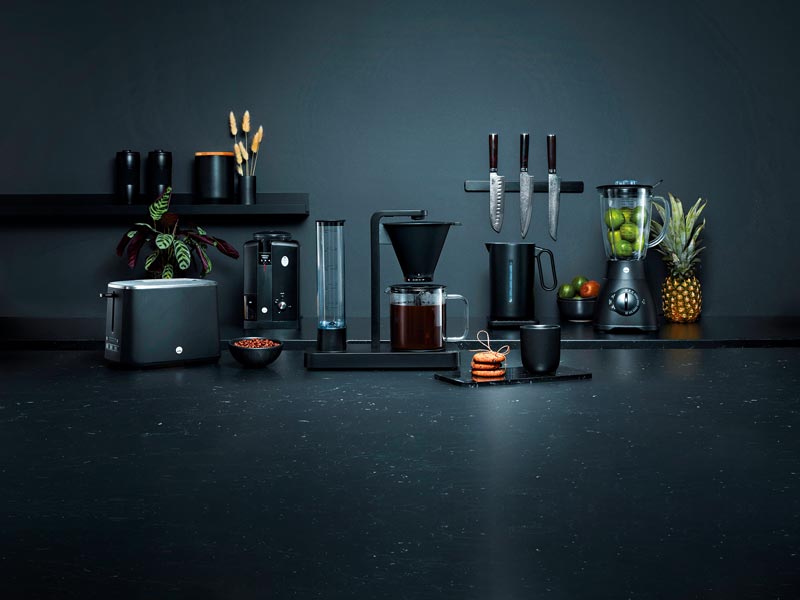
This year I celebrate 25 years at Wilfa, with the last five as its chief executive. It has been a bumpy ride at times but with each new challenge the company has picked itself up and returned stronger than ever. Most recently we have been attacking export markets with gusto, starting Wilfa Germany in 2020, and opening up distributors in multiple territories including the UK, the Netherlands and Spain in recent years.
I joined Wilfa after graduating from the Norwegian School of Economics and the University of Trier. From working as a controller in Hong Kong, learning how the factories operated that made the products Wilfa sold, I returned to Norway, taking on a string of roles including product manager, key account manager and marketing manager.

This breadth of experience has given me a complete understanding of the whole company, which I have used to create business where others have been unable to recognise opportunities. Tuning into the needs of consumers, retailers and our factory partners, I have been able to find new categories, develop products at a quicker pace and give confidence to our retailers that we are the experts to be listened to.
Those skills have come in very handy not just in the good times, but also during difficult periods when a couple of our market-leading brands that we’d built up decided to go it alone. We’ve had a bumpy ride, with some years of strong profits and others with heavy losses, but we’ve come back each time, more resilient in the face of future challenges.
As part of that, we decided to focus on building our own brands, launching E-way electric scooters, a full assortment of kitchen knives and pots and pans under the name of EGO, and a host of other new Wilfa products. Our strategy now is not to have too much risk in foreign brands, only taking them on in categories we can’t do ourselves. But these relationships have given us a good understanding of the market, knowledge we can implement in our own practices, combining the positives of larger companies with the flexibility of smaller ones.
I am a leader who is very much involved across the organisation, especially in recent years, as the team has grown to help us achieve our goals. By sharing both our strategic aims and the challenges facing the business with every staff member we ensure that everyone is clear on their contribution and therefore able to pull together most effectively for the good of the company.
Making better coffee
Wilfa has an extreme focus on customer experience. While most of our competitors are just making another coffee maker, we ask ourselves, ‘How can we help consumers make better coffee?’ Less focused on cost than we are on finding the right solution for customers, we often end up with a more upscale product, but this strategy has paid off: in 2022 we won 32 ‘best-in-test’ awards.
Our focus on the environmental sustainability of our products is another way in which we stand out from our competitors
Wilfa still sources and distributes products made by other firms but are doing so less and less. With Chinese factories going direct to market, such a strategy is becoming unsustainable. For those products we do import, we strive to challenge the market leaders within each category, whether that’s Oral-B on electric toothbrushes or Kenwood on kitchen machines, to bring consumers the best possible product. Wilfa is already the market leader in many categories, from waffle makers – nine years in a row – to coffee grinders, blenders and humidifiers.
Our focus on the environmental sustainability of our products is another way in which we stand out from our competitors. We implemented FSC paper on all our instruction manuals, gift boxes and cartons, improved our products so as to be able to offer five-year guarantees and removed 18 tonnes of polystyrene. We are also doing life-cycle analysis on our products in an attempt to become CO2-neutral by 2025.
There are many challenges currently facing the global economy: freight costs are extremely high, raw materials are getting more expensive and the current situation in Ukraine is putting pressure on energy and petrol prices. Even so, I’m optimistic about the future of our business. In 2021, we had a turnover of €55m and our target for 2025 is to reach €100m. This growth will be driven mainly by new markets, new categories and taking market share by launching more products. We will also move many of our products over from mechanical products to app-based products with a consumer-friendly solution. Even after 25 years at Wilfa, I can’t imagine a better place to be.


